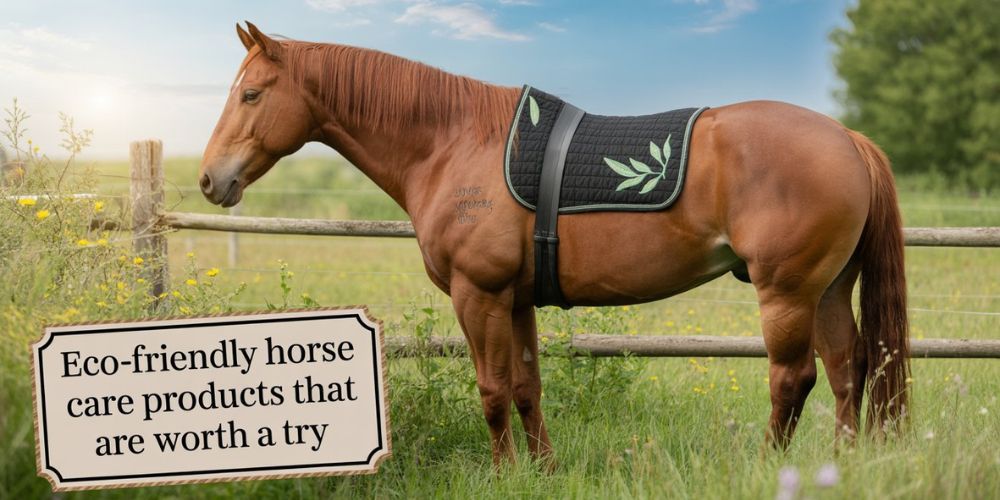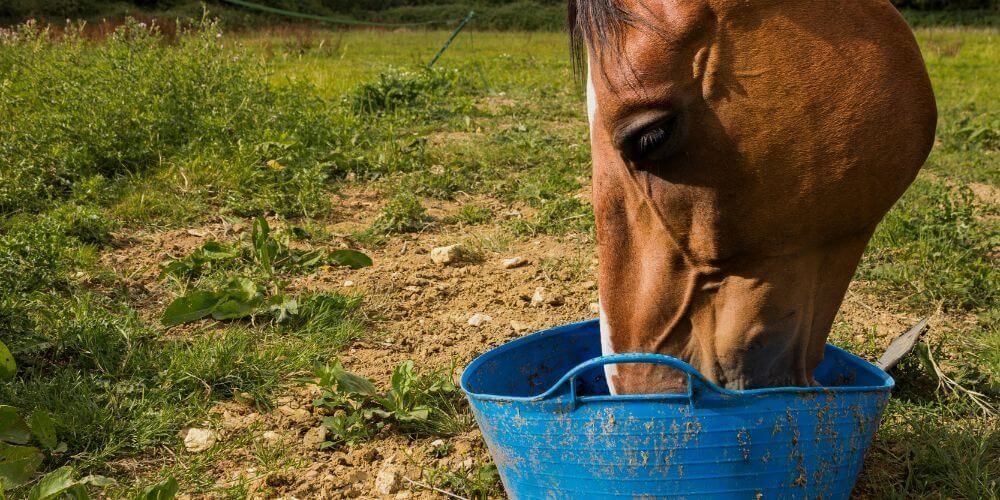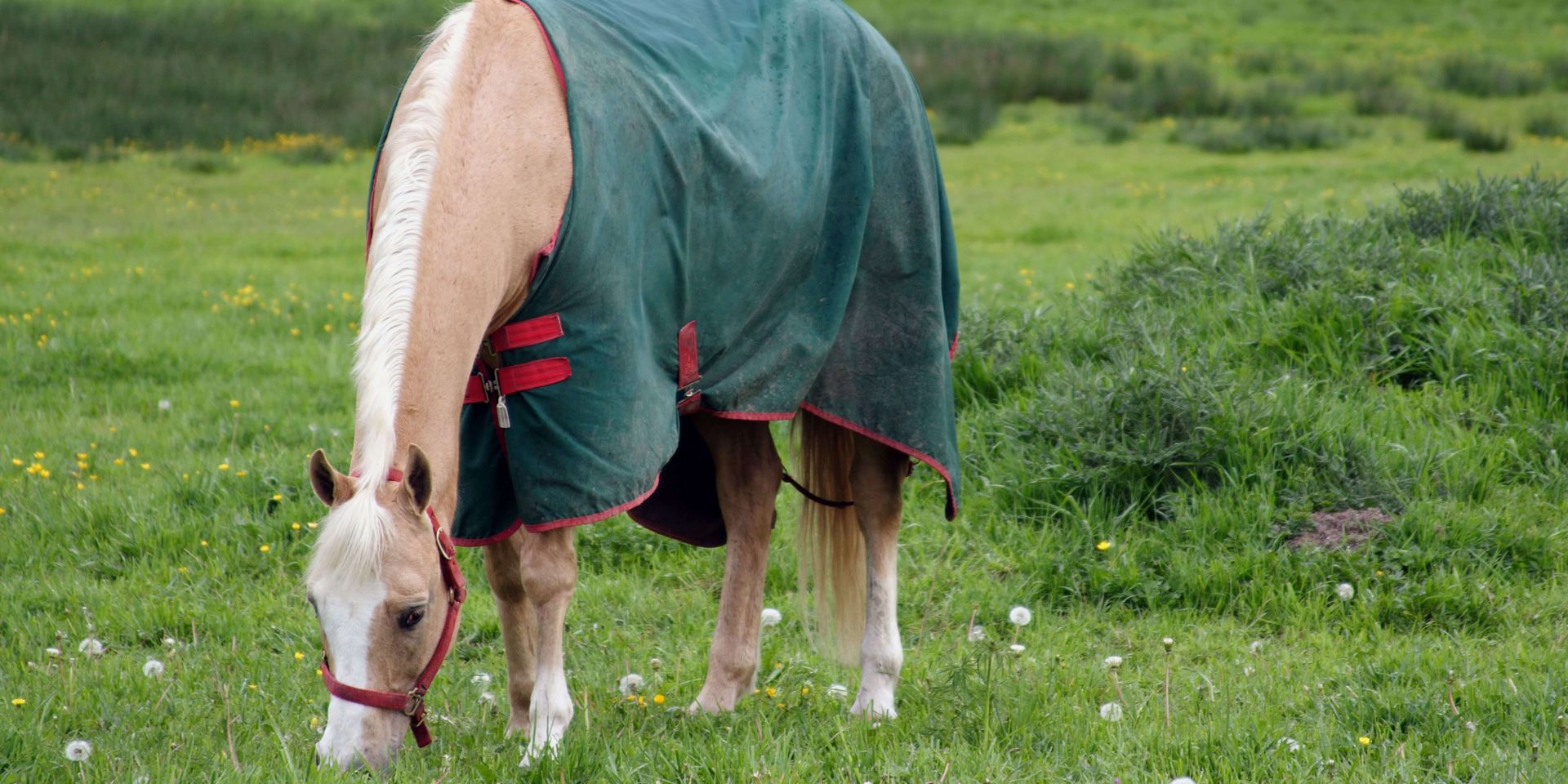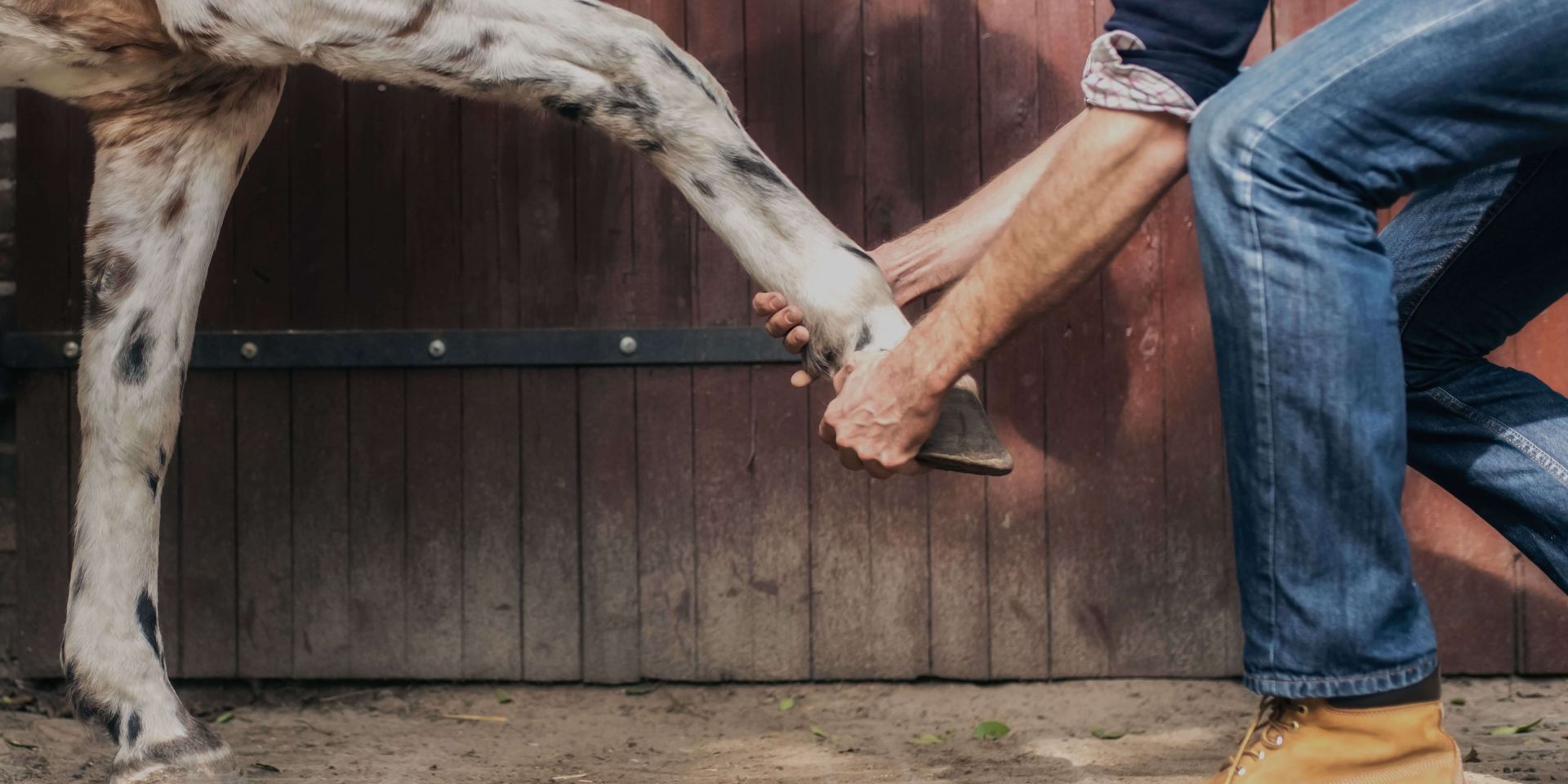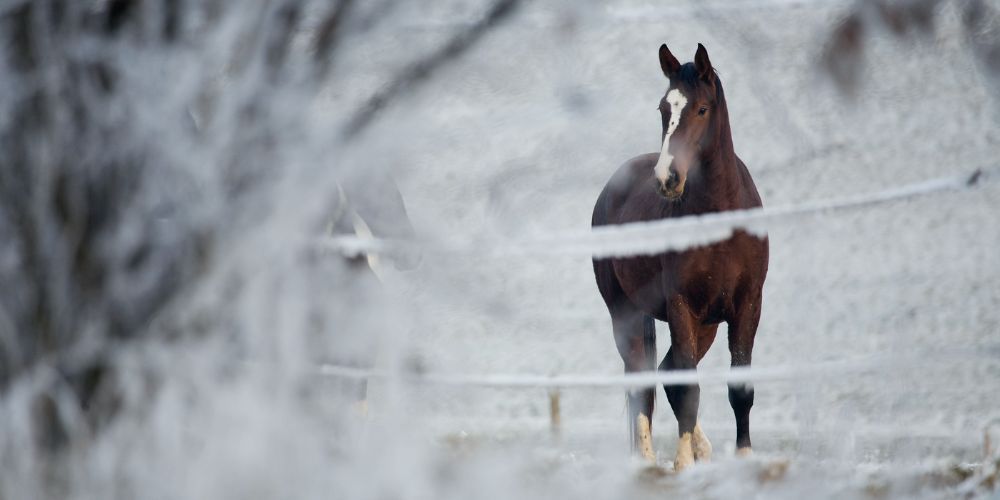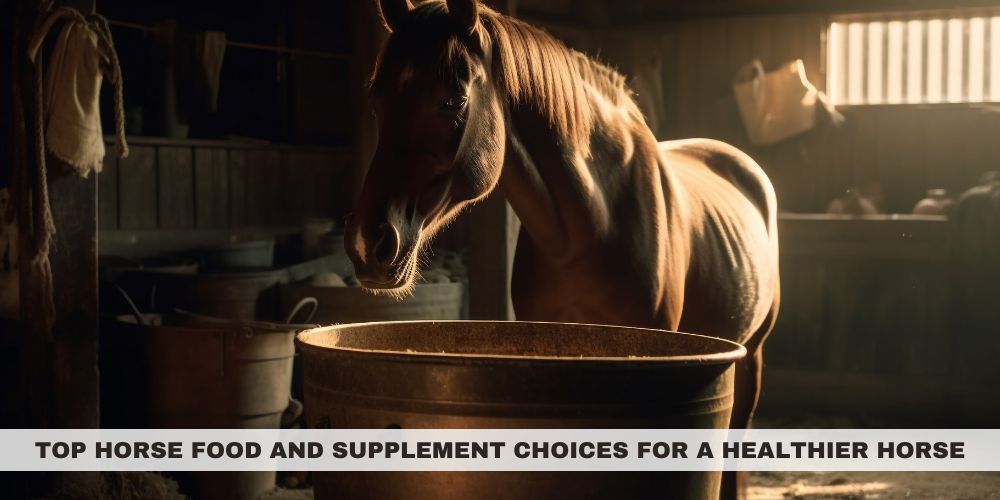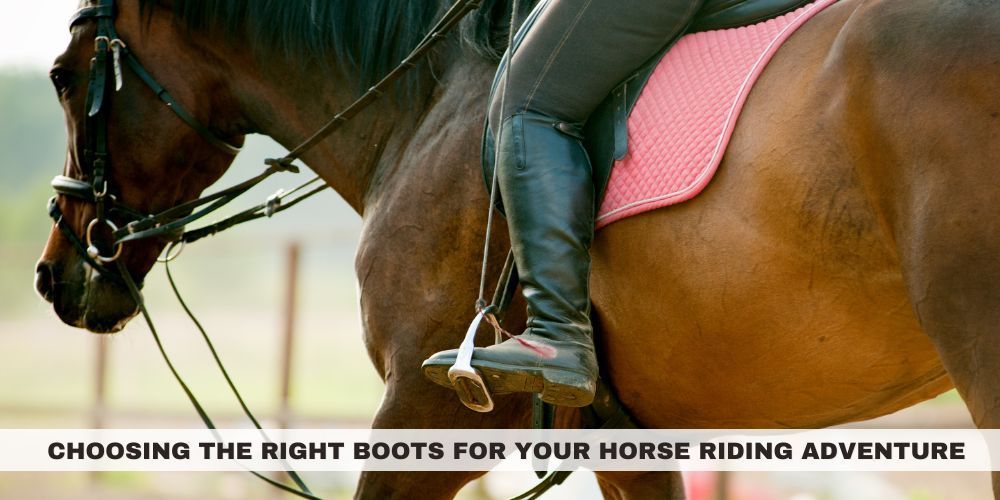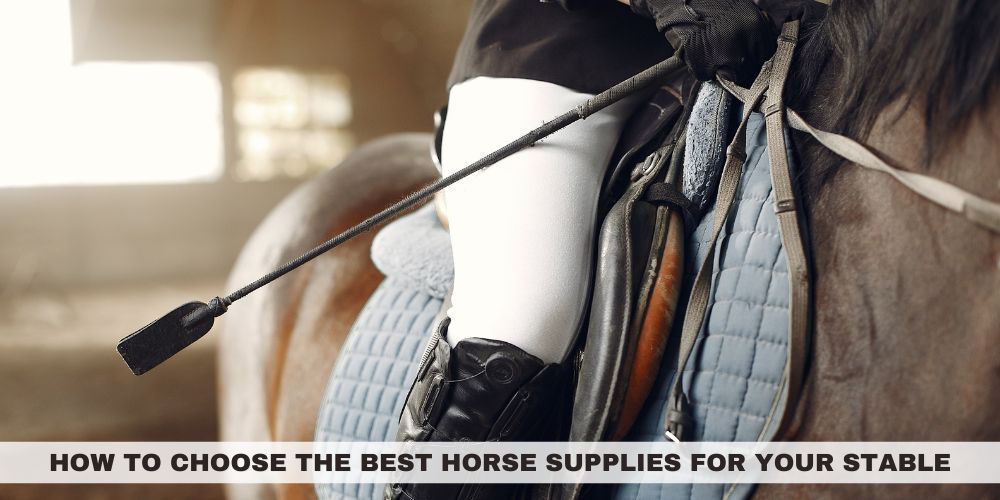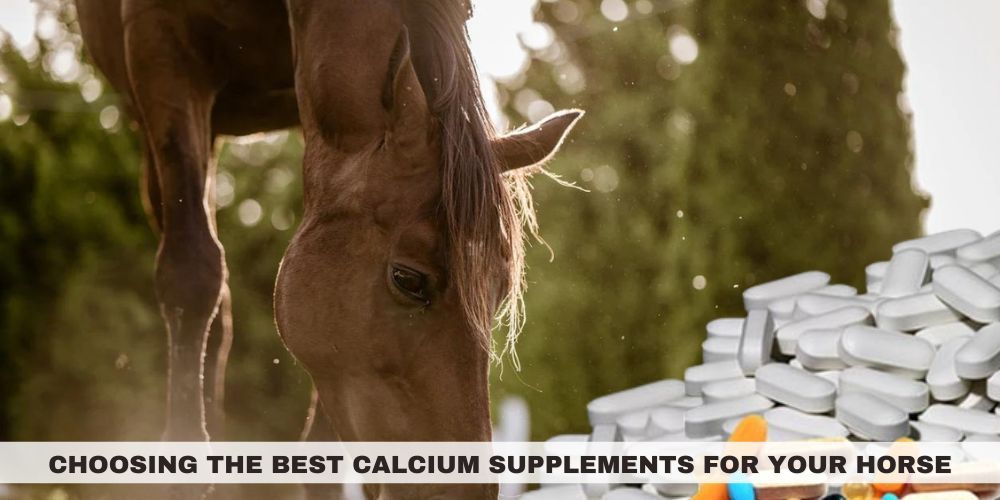The Importance of Equestrian Riding Helmets for Every Rider
Equestrian riding is an exciting sport that combines skill, discipline, and a special bond between horse and rider. But all these attributes are not without the built-in element of danger. Thus, safety is job number one for the rider. The properly fitted and certified helmet is first and foremost in the triad of safety measures.
This blog will discuss how the equestrian riding helmet protects the rider in this daredevil sport from potential life and limb injuries. We will elaborate on why helmets are necessary, what characteristics and features make them effective, and how to choose the correct helmet.
Introduction to Equestrian Safety
Equestrian safety gear in horse riding should never be treated lightly. Understanding and following the safety measures can significantly reduce the risks involved in the physically demanding sport. One deals with large and powerful animals; hence, there is an ever-present risk of accidents with equestrian activities.
Safety first—Risk minimization requires proper safety practices: protective gear, knowledge of horse moods, and a safe riding environment. This section introduces basic concepts about Equestrian safety, stress preparedness, and vigilance. By putting safety first, one can enjoy all the benefits of horse riding while being safe for oneself and one's horse.
Why Helmets Are Non-Negotiable
While most consider it a precaution, helmet safety in horseback riding is necessary. Helmets are created to safeguard riders' heads if they happen to be dismounted from a horse, whether in a fall or any other type of collision. Even the most skilled individuals could experience an incident where their horse is frightened or stumbles, causing them to fall dangerously off. It can easily lead to severe brain damage or much worse.
Helmets reduce the risk of this happening as they absorb the shock from the jolt and act as the barrier material to prevent one from this. Because horse riding can be decisively very unpredictable, helmets are always must-haves as part of the gears secured on the horse-rider headgear anywhere to be safe primarily, regardless of the rider's expertise and lengthy experience.
Key Features of Equestrian Riding Helmets
Let’s discuss some best features of equestrian helmets:
- Impact Absorption: The Best Equestrian helmets are designed with layers that help absorb and distribute the impact force, thus reducing the possibility of head injuries during falls.
- Proper Ventilation: These helmets have vents strategically located to ensure adequate airflow, which keeps riders cool during long trips or designed activities.
- Secure Fit: Adjustable chin straps and padding ensure that everything fits snugly into place, avoiding helmet shifts or fall-offs during a ride.
- Hard Outer Shell: It's crafted from rigid ABS or fiberglass. The outer shell is resistant to penetration by sharp objects and abrasions, ensuring protection from all sides.
- Certified Safety Standards: Equestrian helmets must be designed and fabricated with stringent, universally recognized safety standards; such seeds of doubt are avoided.
Factors to Consider When Choosing a Helmet
- Certification: Ensure the helmet is certified to safety international standards such as ASTM/SEI to ensure it was previously tested and will protect effectively.
- Proper Fit: The helmet should fit comfortably but not be tight. Consider adjustable features, such as chin straps and padding, for firm, comfortable, secure fittings.
- Weight of Helmets: Try to buy lightweight helmets; they not only create less strain on the neck during long rides but also allow reasonable protection.
- Ventilation: Look for helmets with ample ventilation to ensure smooth airflow and lack of heat buildup, especially under aggressive riding.
- Material Quality: Opt for helmets made of durable materials that can withstand impact; two types of material are ABS and fiberglass.
Encouraging a Safety-First Culture
The safety-first culture of the equestrian discipline requires that riders be protected and safe, as well as the well-being of humans and horses. It all starts with education: Riders of all levels periodically need reminders about riding in helmets and protective gear—this is where instructors, trainers, and riding clubs come into play in setting examples and making safety protocols compulsory.
Additionally, promoting a safety culture does much to reify the use of protection gear, making it a norm while riding. Encouraging open discussions regarding safety, commending safe practices, and staying informed about new safety devices can all work together to create an atmosphere in which every rider is responsible for their safety and that of others.
Conclusion
Equestrian riding helmets are part of the riding equipment that each rider should only do with. Their role in preventing severe injuries must be considered since they are a non-negotiable part of every safety kit. Factors such as fit, certification, and the quality of materials used while selecting a helmet must be considered to maximize protection. It can let riders indulge in this adrenaline rush with confidence and peace of mind.
If you want to invest in the best helmets and other equestrian protective gear, rest assured American Horse Products offers choices ranging from certified helmets so that you ride safely yet fashionably. Prioritize safety and enjoy your ride with confidence


